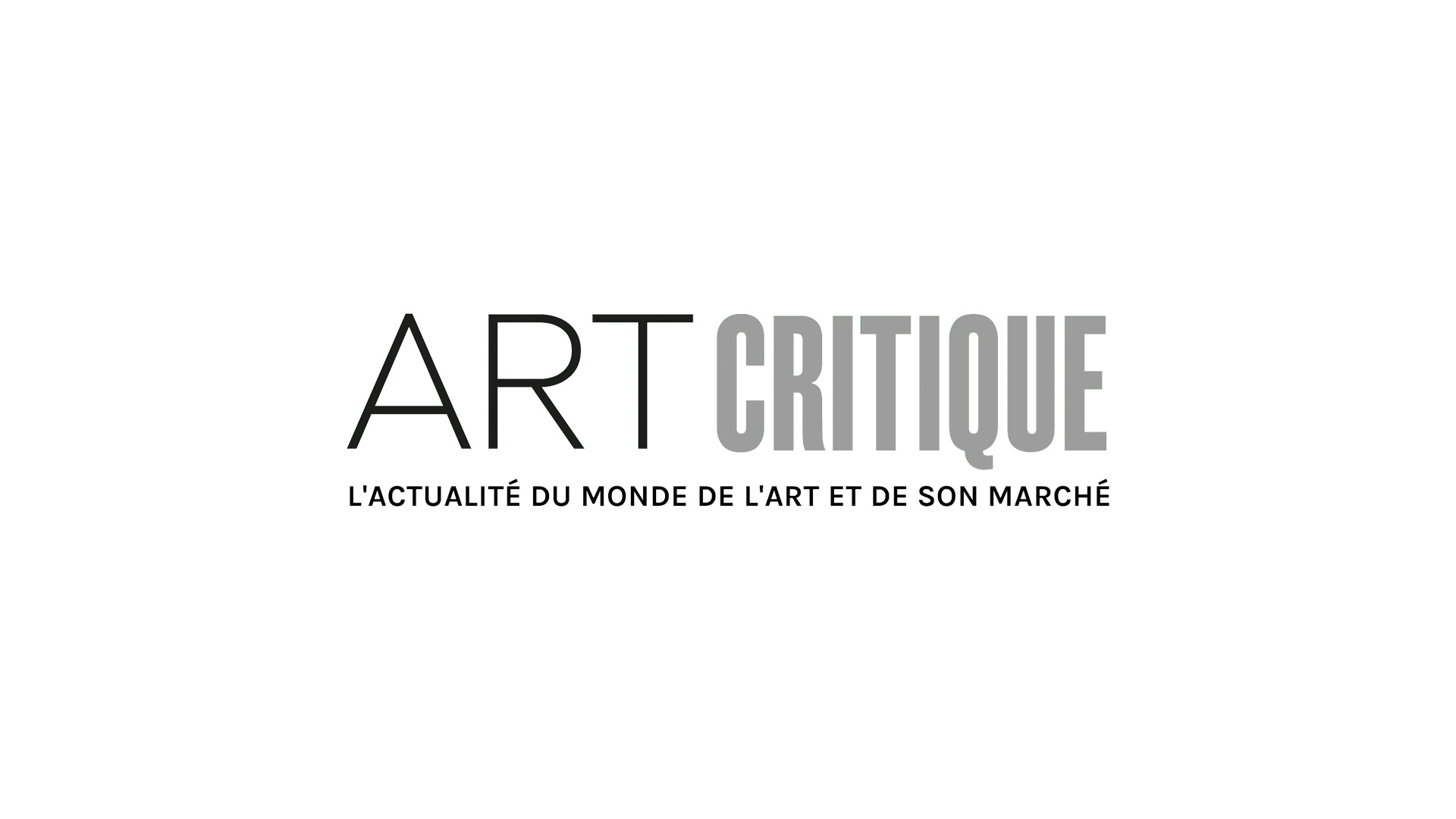While materialism can be easily regarded as a shallow and less meaningful way to experience life in this world of ours, it can go without saying that we forge meaningful connections to the objects of our lives. The well used tools of our trades, a beloved garment given as a gift, a favourite mug that lends a feeling of comfort. Objects and materials- and all the qualities these things carry- affect us in ways we may never stop to ruminate on. This feeling, this connection, between us and our objects is what Hannah Claus seeks to explore in her current exhibition “there’s a reason for our connection” at the McCord Museum in Montréal.
Claus, a multi-disciplinary artist of English and Mohawk ancestry, and the current artist-in-residence at the McCord, apparently started on this train of thought shortly after her acceptance of the position, when she began to pore over historical items and letters relating to Canada’s fur trade. She describes a feeling of disconnect between the antiquated writings that filled the pages and her understanding, stating “It became decoration to be decoded on the page, much like beadwork on leggings or the woven symbols of a wampum belt”. Knowing the conceptual roots of this exhibit, there is certainly a sense of ‘lost in translation’ between these materials and how they are presented here, and a merging of indigenous, colonial, and modern relationships to objects.
Claus’ work ties a connection across time, utilizing materials that have a feeling of aged ephemerality (beeswax, rawhide) alongside distinctly modern items such as metallic, mirrored ribbon. It is a much more balanced feeling than an anachronistic one, and even familiar objects rendered in unfamiliar ways- particularly the tea mugs and leaves molded from beeswax displayed in a gorgeous circle- register as normal in the mind’s eye, albeit a bit more wondrous; it shows the capability of the material to evoke the quality of a familiar object despite the unfamiliar usage. This, and the dance of shadow and light simultaneously cast on a wall from the piece fancy dance shawl for Sky Woman, show the magic that can be derived from these object’s uses, those moments of paramecium crafted from light dancing across the floor a possibility in every day life, and the wonderment it evoked forging the connection between the individual and the object.
Some aspects of the exhibition are harder to place in the context of its themes. The titular there’s a reason for our connection has a dozen or so rawhides nailed in a line across a black wall, their openings towards the viewer. While a striking image and a viscerally stimulating material, it is hard to gather what this evokes in relation to the core concept. A group of various inner materials brought outward and shown side by side might say something of an unseen, collective connection, but it feels unclear. Although repetition is apparently a characteristic of Claus’ practice, it doesn’t land here. A series of digital prints of intricate beadwork also lack some of the energy that the rest of the exhibit has, absent of the inviting dimensions and textures of the other materials. Maybe this flattening and compressing of an intricate practice to be experienced as just a print is the point though.

There is a lot at play in “there’s a reason for our connection”: objects, material choices, presentation, the relation of all things to the lights. The insight and focus on these elements of life and creation (both artistic and mundane) is clear in the choices. How these materials interact with each other, the effect, and how we perceive it is both universal and more special than we often give credit for. Claus’ collection gives a focus to the things that fill up our homes, our days, our lives, and gives one a chance to take a beautiful perspective on the connection we have with our objects.





